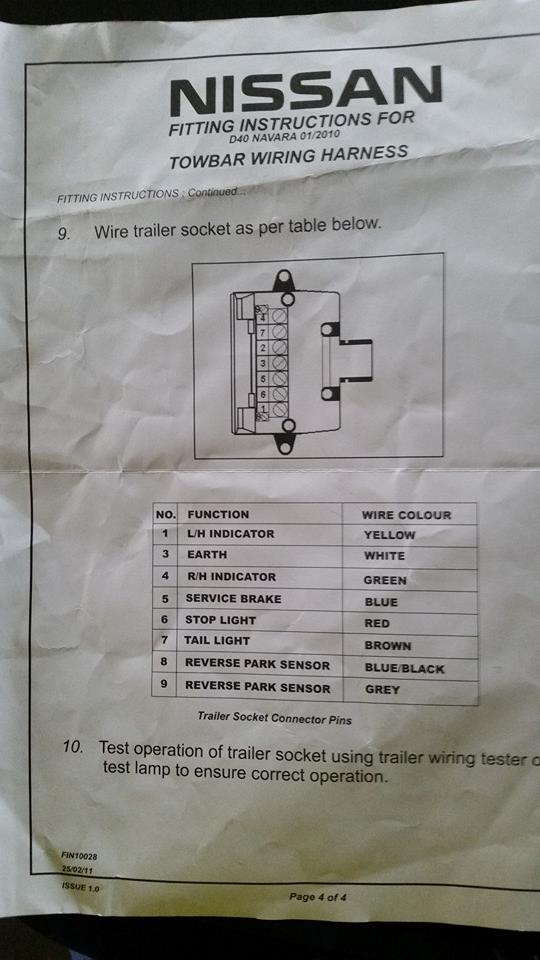gunning1987
Member

Trailer plug Vehicle side


I think the glow relay is under the bonnet behind the drivers side battery in the grey box. It should say what's what on the top cover. I think the navara system is very basic. Get someone to turn the key and have a listen, you should hear it click. Just be aware that when you shut the key off and I think it only does it when the engine has been running, you will hear the EGR valve doing its thing. I have a diagram it and I will see what info I can find for you.Gday mate. Have a glow plug fault. Not the relay or plugs. Can u access a glow plug circuit. Or even locations of everything. Chasing the control module. 2012 2.5L crd. Cheers




If you are looking for a reverse trigger you will find one under the drivers seat. I will update the wire colour once I confirm it. For now it can be found in plug 112 or 121 in the diagram below.
View attachment 16841
If anyone has found the wire and can confirm its colour. Feel free to post it.
If you are looking for a reverse trigger you will find one under the drivers seat. I will update the wire colour once I confirm it. For now it can be found in plug 112 or 121 in the diagram below.
View attachment 16841
If anyone has found the wire and can confirm its colour. Feel free to post it.
Enter your email address to join: